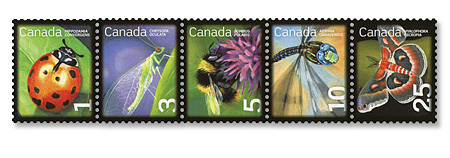Species belonging to the family of the Apidae such as the bumblebee Bombus terrestris are widely used for the pollination of greenhouse crops. However, to obtain satisfactory yields growers need to protect their crops against plant diseases and pests who are up until today still mainly controlled by chemical pesticides. Consequently exposure to pesticides during foraging is not unlikely. To assess detrimental effects (lethal and sublethal effects) on the vector following pesticide exposure the classic toxicity test using microcolonies can be applied. However, beside toxicity pesticides are known to induce sublethal effects on the foraging behaviour. In this context, a foraging behaviour test was developed allowed to assess the impact on the foraging activity by use of two endpoints drone production and nest development.
Hereto workers were exposed during 9 weeks ad libitum to two sublethal concentrations of the neonicotinoid imidacloprid (10 ppb and 20 ppb) via the drinking of sugar water an to untreated pollen.To reach the food (present in the food compartment), bumblebee workers needed to walk though a tube of 20 cm connecting their nest compartment with the food compartment. In the nests strong negative effects on the bumblebee reproduction were observed as for a concentration up to 20 ppb the drone production (5.6±0.1) was significantly (p<0.05) lower when compared with 28.4±2.9 in the control group. Moreover observation of these nests revealed that workers had difficulties in finding their nest and in foraging for food. In general, this laboratory bioassay demonstrated that concentrations that look safe for bumblebees can have an influence on the foraging behaviour. Therefore it is recommendable that behaviour tests should be included in risk assessments as impairment with the foraging behaviour could result in a decreased pollination, lower reproduction and finally in colony mortality due to a lack of food.
Sources:
- Veerle Mommaerts; Sofie Reynders; Jana Boulet; Linde Besard; Guido Sterk; Guy Smagghe Risk assessment for side-effects of neonicotinoids against bumblebees with and without impairing foraging behavior. Ecotoxicology (January 2010), 19 (1), pg. 207-215
http://journals1.scholarsportal.info/details.xqy?uri=/09639292/v19i0001…
- Poster presentation at Bee-together, Ghent, 21 December 2010
A laboratory assay to evaluate sublethal effects on the foraging behaviour of the
pollinator Bombus terrestris
Veerle Mommaerts1, Guido Sterk2, Guy Smagghe1,3
1 Department of Biology, Faculty of Sciences, Free University of Brussels, Pleinlaan 2, Belgium;
veerle.mommaerts@vub.ac.be
2 Biobest NV, Ilse Velden 18, Westerlo, Belgium
3 Department of Crop Protection, Faculty of Bioscience Engineering, Ghent University, Coupure
Links 653, Belgium; guy.smagghe@ugent.be (Poster presentation attached)

- Login om te reageren
